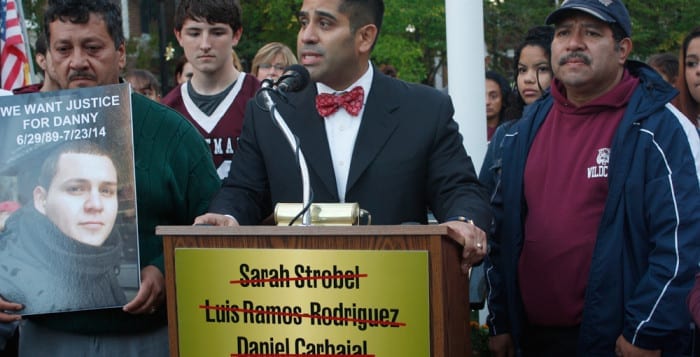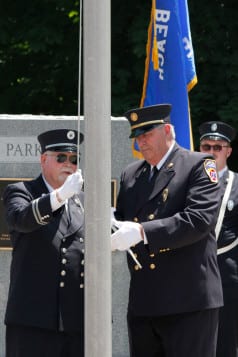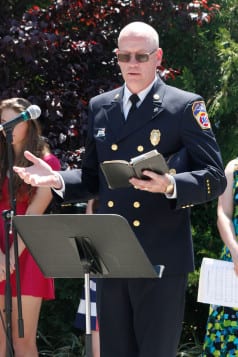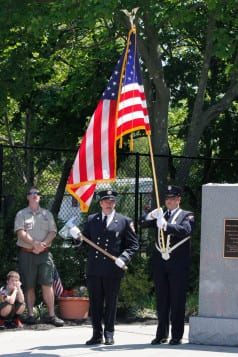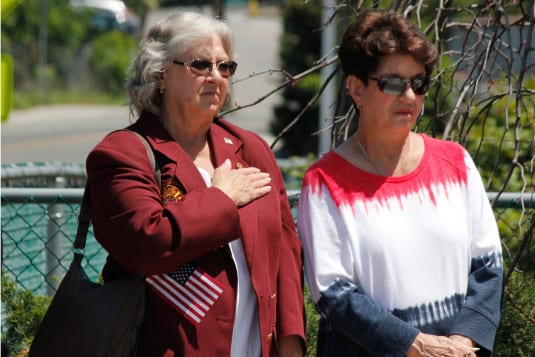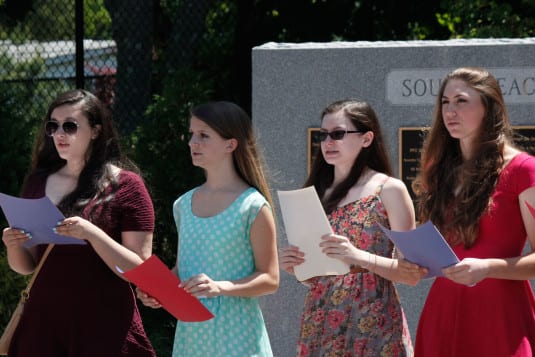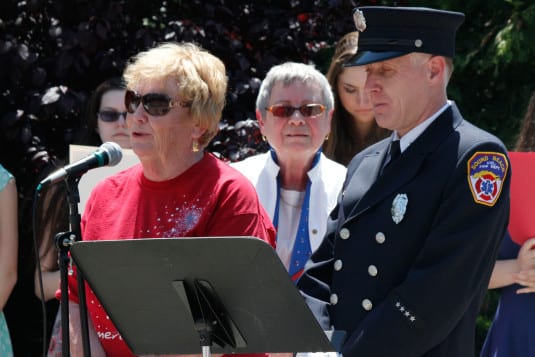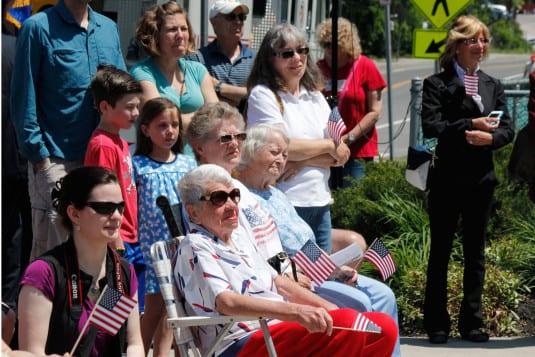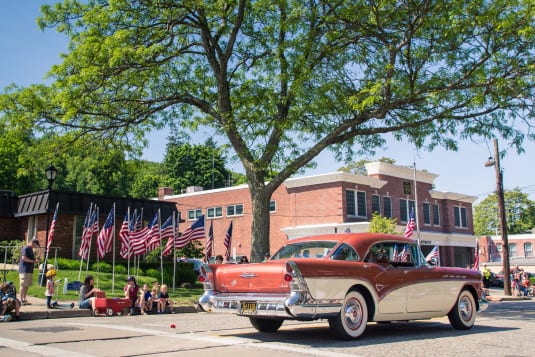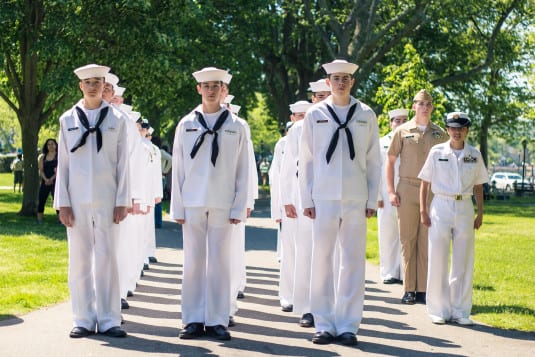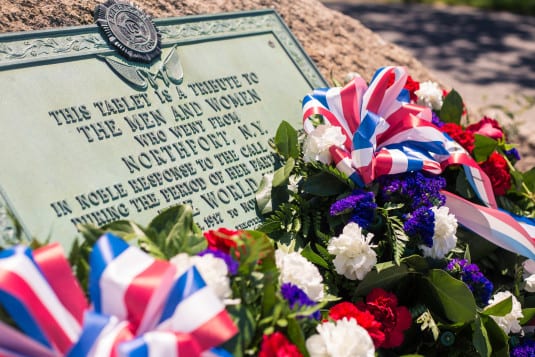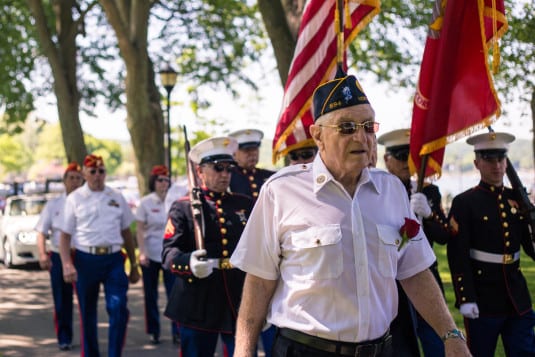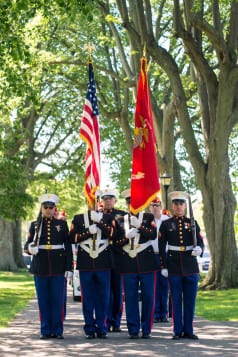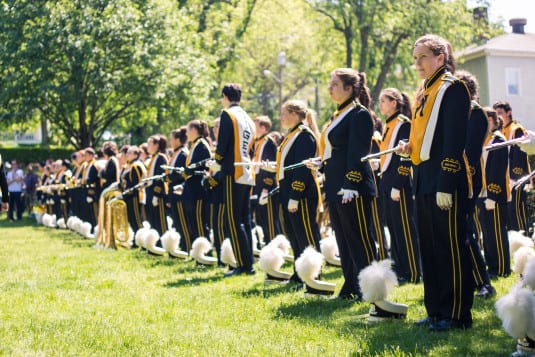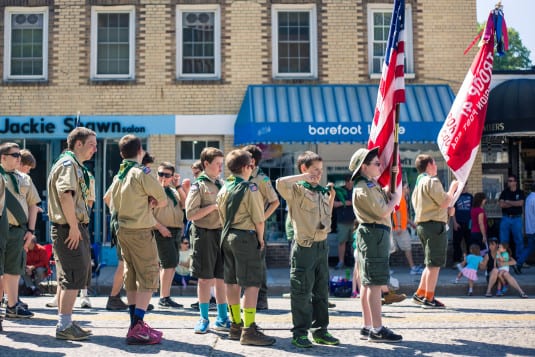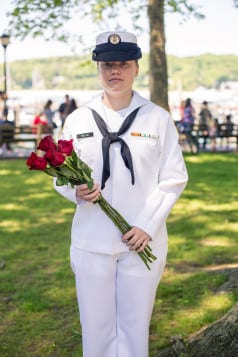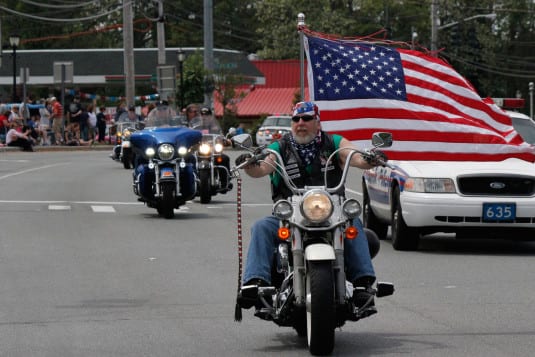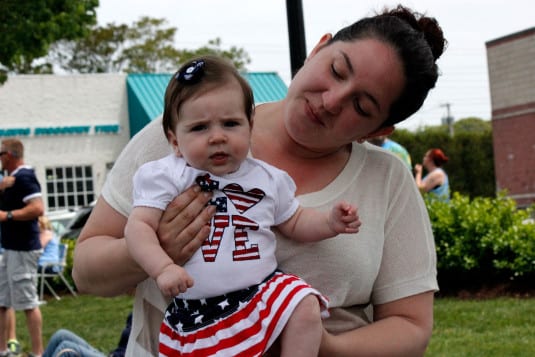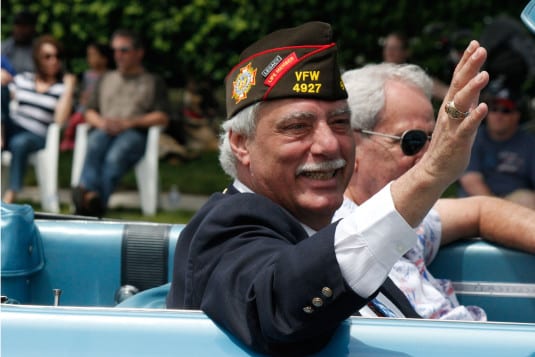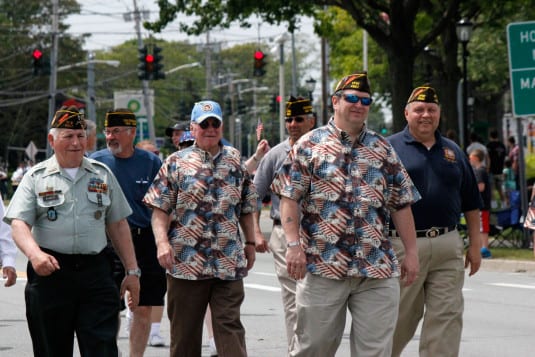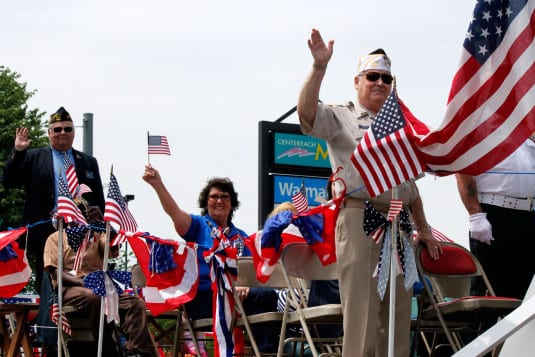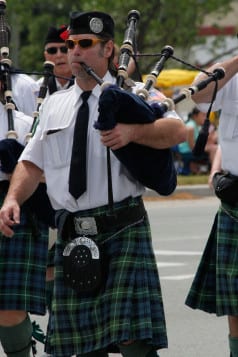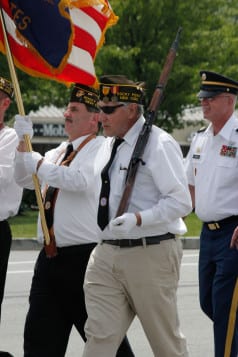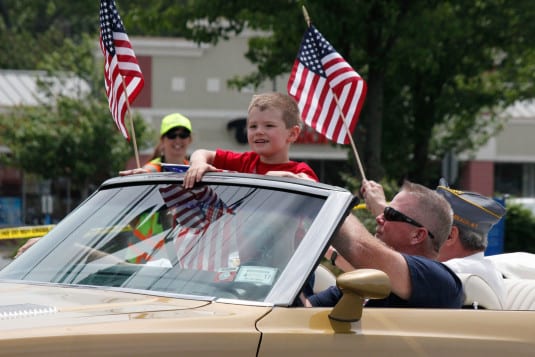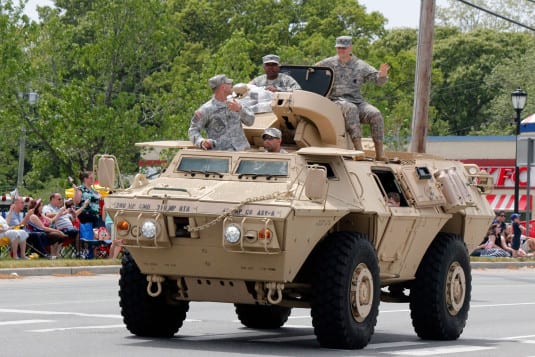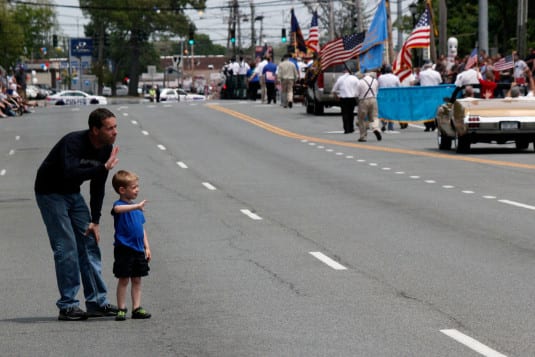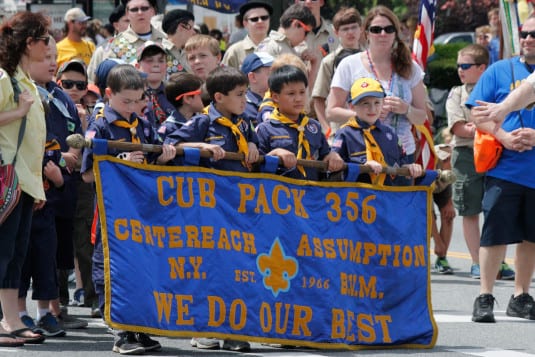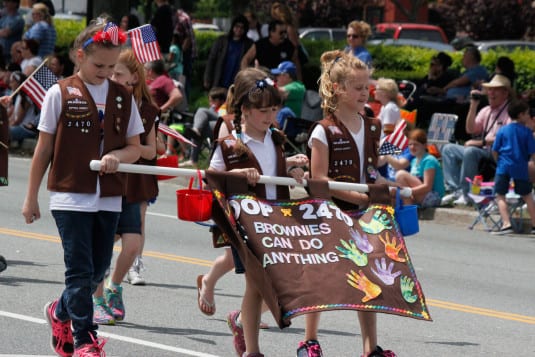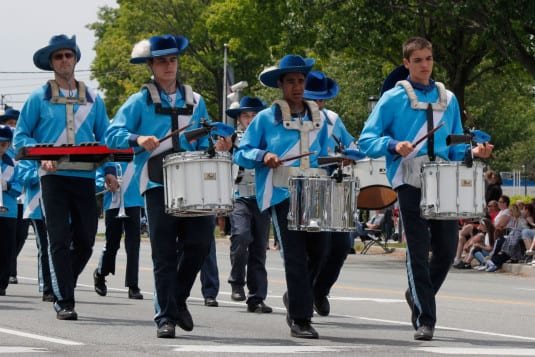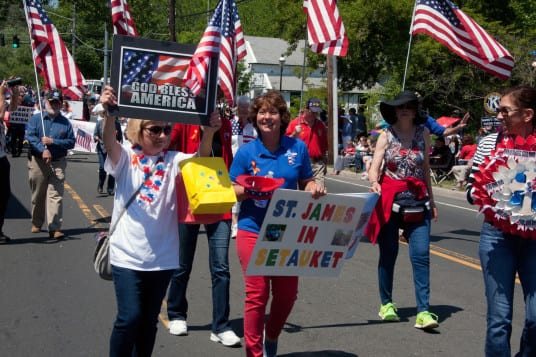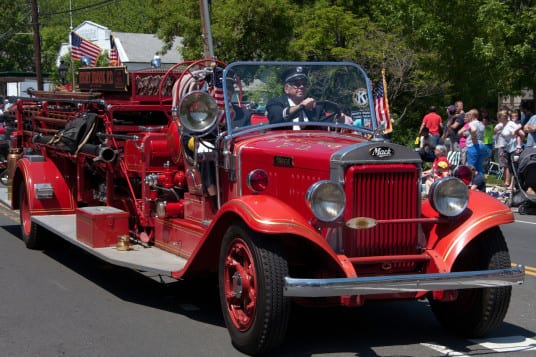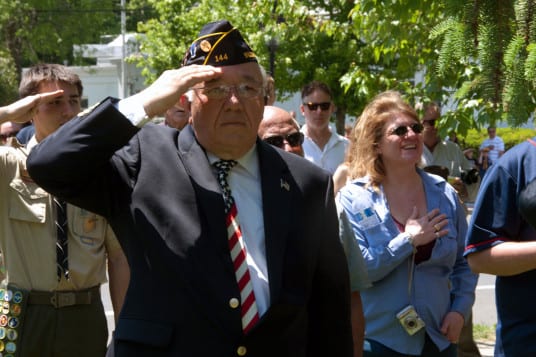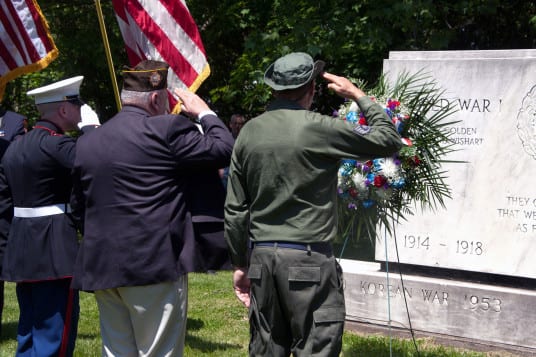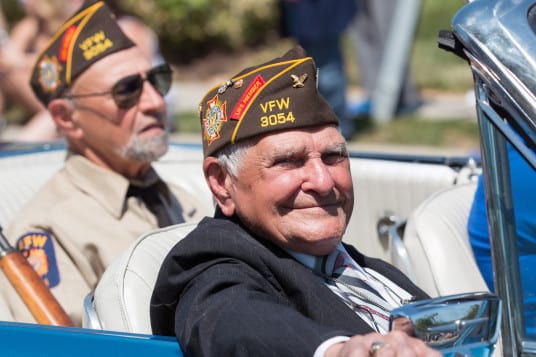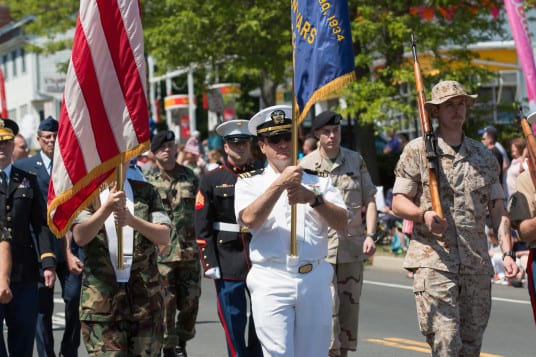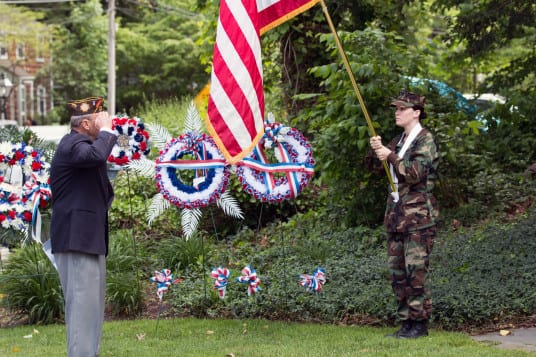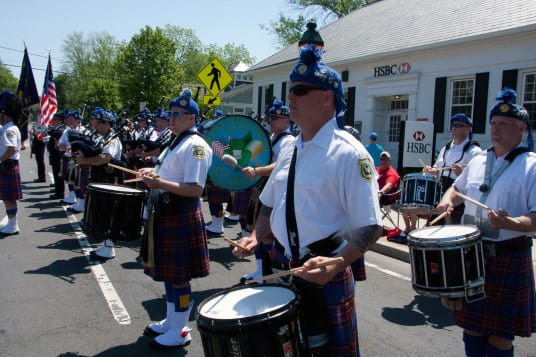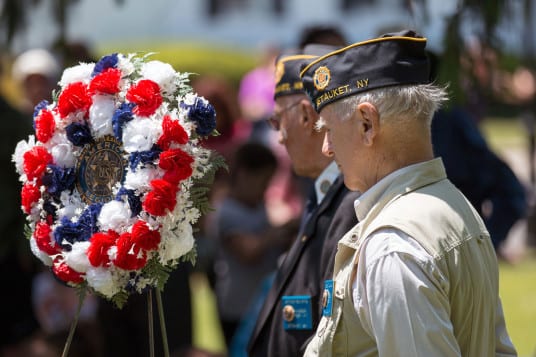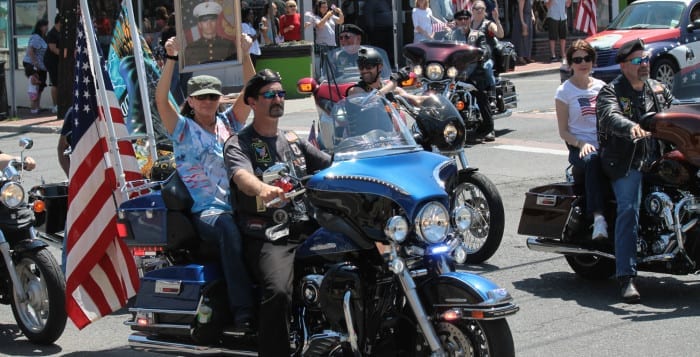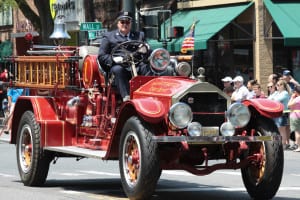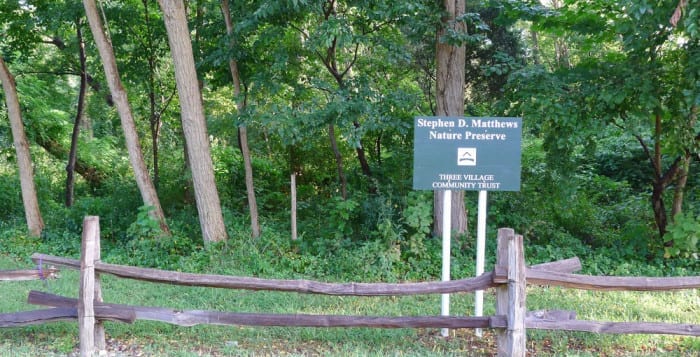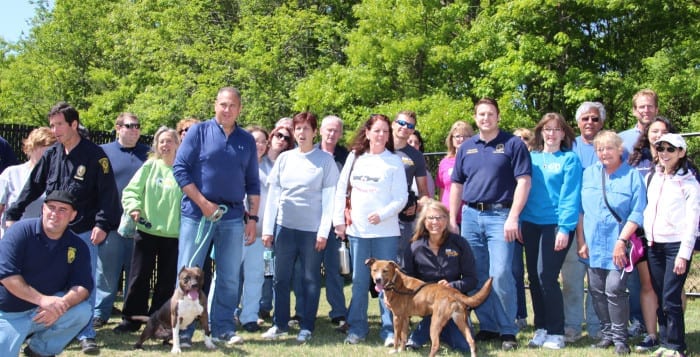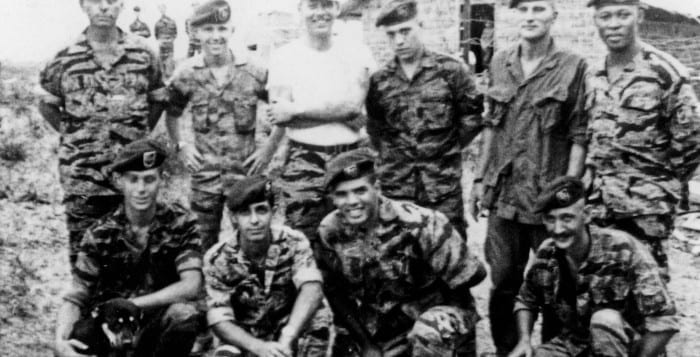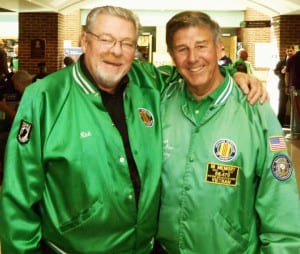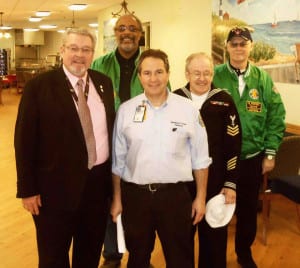By Irene Ruddock
For the past 17 years, Ann Marie’s Farm Stand, owned by Mary Anne Deriso and her husband Joe, has been a fixture on North Country Road in Setauket, providing the community with fresh fruits, vegetables, flowers and friendly conversation.
Season after season, there was always a reason to stop by, whether it was for Ann Marie’s strawberry-rhubarb and blueberry pies, herbs and tomato plants for the garden, a hanging plant for the deck, pumpkins, special goat cheese from an “out east farm,” Christmas trees or just to visit with the goats, bunnies, chickens and Timothy the miniature horse. And who can forget the fresh corn? A summer without fresh-picked corn from Ann Marie’s would be impossible!
It has been the meeting place that Americans so love to find, a place to congregate, almost like a town square. I think we all yearn for that community touch and we surely found it at Ann Marie’s. Artist Al Candia recently commented, “Ann Marie’s is such a wonderful resource to have in the community; there’s a charm to that country farm stand as it is part of the roots of the area. The history of Long Island was always devoted to farming so we all want to hold on to that for as long as possible.”
“It is so inviting and people-friendly that it is like something from a movie about Americana. Ann Marie’s retains the sense of a small-town feel in the finest tradition,” said Assemblyman Steve Engelbright (D-Setauket)in a Dec. 29, 2011, article in the Village Times Herald.
The end of an era is drawing near as the farm stand will close on June 15 to relocate to Port Jefferson Station. The landlord has decided to sell the property.
Stopping in for a visit, I met up with Mary Anne’s daughter Jackie (the farm is named after her third child Ann Marie). “What did you like about living here?” I asked. Jackie replied, “It was very comforting having my parents so close by since our home is right on the property. Living here, you really got to know a lot of people and you always felt like you were a part of the community. When I became a nurse, I realized how many families I knew and were already a part of my life. It made treating them so special to me.”
When I entered the building, I spoke with Dottie Sottichio, who came to Ann Marie’s to work “from the old place [on Old Town Road],” and never left because “I met the two greatest people I ever knew — Mary Anne and Joe Deriso, and now they are part of my family.” Mary Anne says, “Dottie has to stay now because we can’t live without her!” I then sat down with Mary Anne to ask her a few questions about her 17 years in Setauket.
What is the best part of the having the farm stand?
The people! Over the years, the customers have become your friends and they are a part of your everyday life. We developed true friendships — we laughed together, we cried together. We watched all the kids grow up and witnessed the good and the sad parts of their lives. We lived their lives as much as we lived ours. Children who came with their parents now come back to visit and that is always special. They tell us their stories about what they remember about being here. Some are funny, some I can’t tell! But there is such a warmth in my heart for all of them.
What are your fondest memories of the farm stand?
Oh, when the children are playing with the animals and watching my own children grow up here.
What was the biggest surprise?
The biggest surprise was when (in 2011) my aunt called to tell me to look in the [Village Times Herald] paper because there’s a story about me. I asked, “Is it good or bad?” It was then that I learned that I had won “Woman of the Year in Business.” One of my customers even sent flowers. Another surprise is that recently one of our customers insisted on holding the mortgage for us so that we could purchase a little house!
What is it like working with your husband every day?
Working with your husband is “interesting!” Every woman out there knows what I mean! No, honestly, I couldn’t do it without him. We’re a team. He does all the buying and farming and I work behind the desk. It’s been a wonderful journey for us!
What about the other people who worked here?
Well , Tom came to work with us about 20 years ago [at the previous location on Old Town Road] and never left. He’s part of our family now and we visit him often in the Mills Pond Nursing Home in St. James. Claude Riley and everyone who works here usually stay or come back to visit.
What is in your future?
We feel very blessed to have found a new farm stand location at 680 Old Town Road, Port Jefferson Station, right by Jayne Blvd. [The number will be 631-371-6197. The hours will be 10 a.m. to 6 p.m., seven days a week.] We will miss our old home and this farm stand, and we really appreciate not only all our customers but the landlord who we had a good working relationship with over the years. They were always there to support us. We are also touched by the benefit art sale that the Setauket Artists are going to have on May 29 and May 30. I hope people come to look at the wonderful art. We are so excited about it. Thanks to everyone for all your years of loyal friendship! Hope to see you at our new farm stand!
Irene Ruddock is coordinator of the Setauket Artists.


